Thanks for getting in touch!
We appreciate you contacting us. One of our colleagues will get back in touch with you soon!
Have a great day!
The automotive and transportation industries are moving into an entirely new technology adoption phase. Vehicles are not simply mechanical engines but are now data centers on wheels, driving a new generation of data storage needs. As cars become progressively more connected and autonomous, massive amounts of data are being created and consumed. This requires innovative approaches in data processing that improve communications and interactions between humans and vehicles, vehicles and vehicles (V2V), and vehicles and infrastructures (V2I), while enabling a better and safer driving experience. This places massive demands on data storage and processing at the edge while pushing the boundaries of cloud-based services.
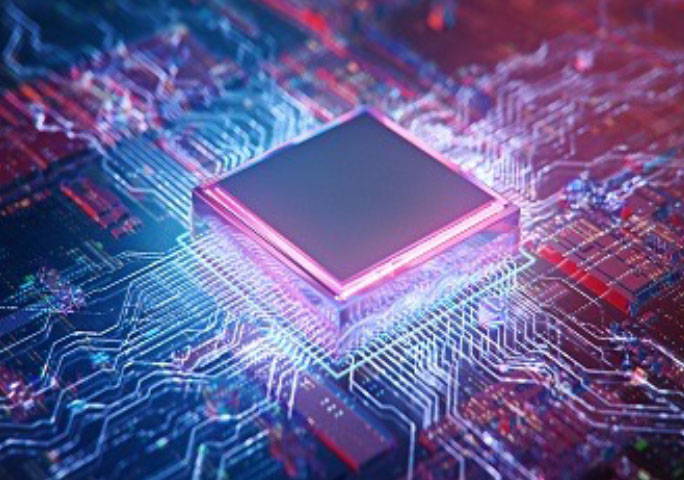
The automotive and transportation industries are investing in new data center infrastructure and edge technologies that extract immediate intelligence from captured data, not only to enhance the driving experience, but to also make it safer. This creates a need for new storage, and network and computing infrastructures that combine cloud services with in-car computing power to handle the massive amounts of data collected by connected cars.

Navigation and infotainment systems are becoming standard features on many cars, providing convenience and entertainment. Beyond powering the stereo and guiding a driver from point A to point B, modern-day navigation and infotainment systems also control everything from mobile communications to vehicle setup and weather notifications. As a result, these systems store and process substantial amounts of data, including 3D maps, operating system software, and user data.
To reliably store this data, both the environment and quality requirements of the vehicle must be considered.
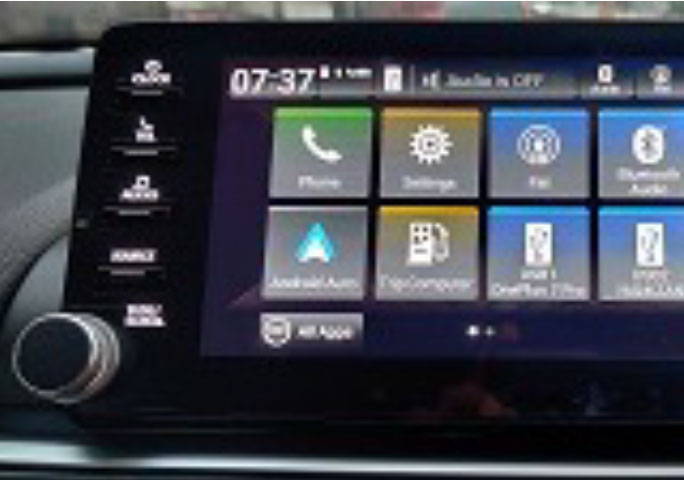
As cars become more advanced, the amount of software installed increases dramatically in order to communicate everything from emergency warnings to how a car accelerated prior to an accident. Just as a car must regularly receive an oil-change, they must also ensure proper and timely software updates. The traditional approach of taking the car to the dealer for those updates is expensive and inconvenient for the customer. As a result, telematics allows manufacturers to push updates to cars over-the-air (OTA) through a wireless network. Updates can be downloaded into industrial NAND embedded flash devices, checked for integrity, and then sent to other systems in the car for updates. Additionally, multiple copies of the data can be kept for backup and recovery purposes.
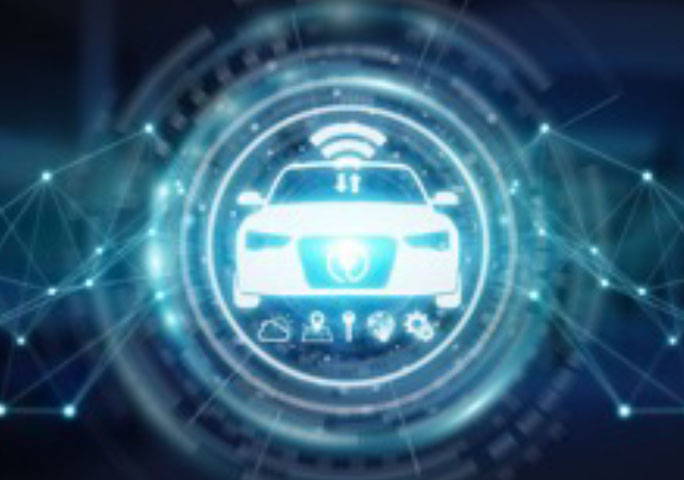
Car instrument panels are evolving from the traditional analog gauges to fully digital displays, allowing the driver to receive more information and to change what information is displayed and how it is displayed. As a result, the user experience is seamless, the journey is personalized and more enjoyable, and the car provides warning messages to the driver to help prevent accidents.
This ability to display more personalized driving information graphically is enabled by industrial NAND embedded flash drives, which store the operating system software as well as graphic and display data.
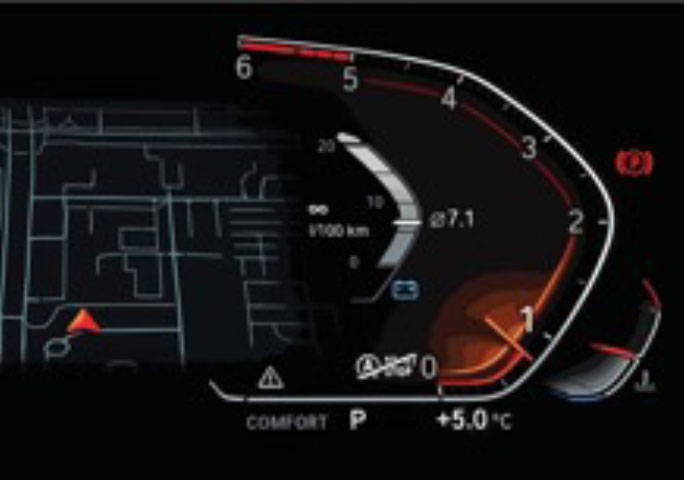
Vehicle-to-vehicle (V2V) and vehicle-to-infrastructure (V2I) communications are the next step towards autonomous driving. This technology allows vehicles to share information with each other, as well as road-side units (RSU), parking lots, and other infrastructure, in order to prevent accidents and allow traffic to move smoothly.
SD cards store V2V/V2I communication security keys, which are essential in preventing hacking of messages. The operating system software and message log data may also be stored in the card.
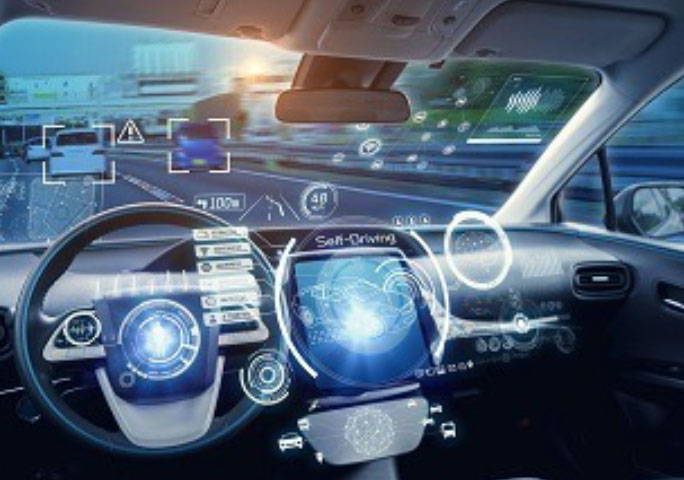
The autonomous drive computer will need to pull information from sensors, maps, and artificial intelligence (AI) databases to function safely.
Industrial grade NAND embedded flash drives become crucial to making sure data is available and reliable when it is needed. Industrial NAND embedded flash drives provide real-time edge storage for the autonomous drive computer to overcome latency and connectivity issues that arise when accessing the cloud.
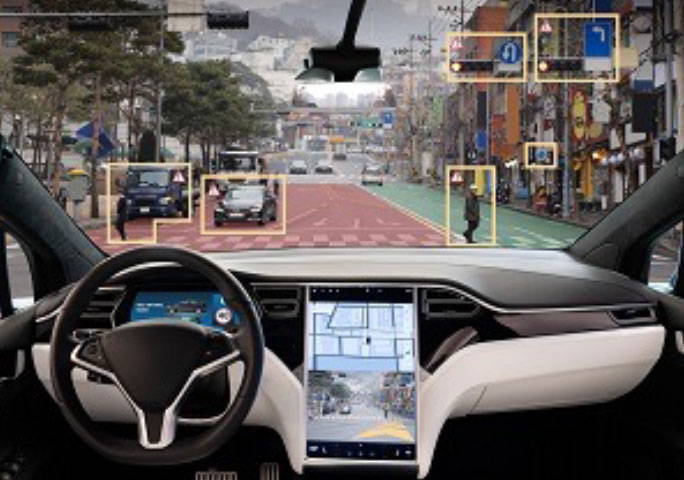
Drive recorders are a popular aftermarket product for taxis and shared driving services to record what is going on inside and outside of the vehicle. As vehicles become more autonomous, government regulations and insurance companies will likely require that cars are equipped with recorders that can capture both video and critical car system data.
SD cards are an excellent storage solution to capture drive recorder video and data. The removability allows easy access to the data and for viewing on a PC or other host as well as serviceability and upgradeability.
Centon Electronics can provide a complete portfolio of Automotive-Grade Embedded Products Designed for the Evolving Market Requirements of Connected and Autonomous Vehicles.